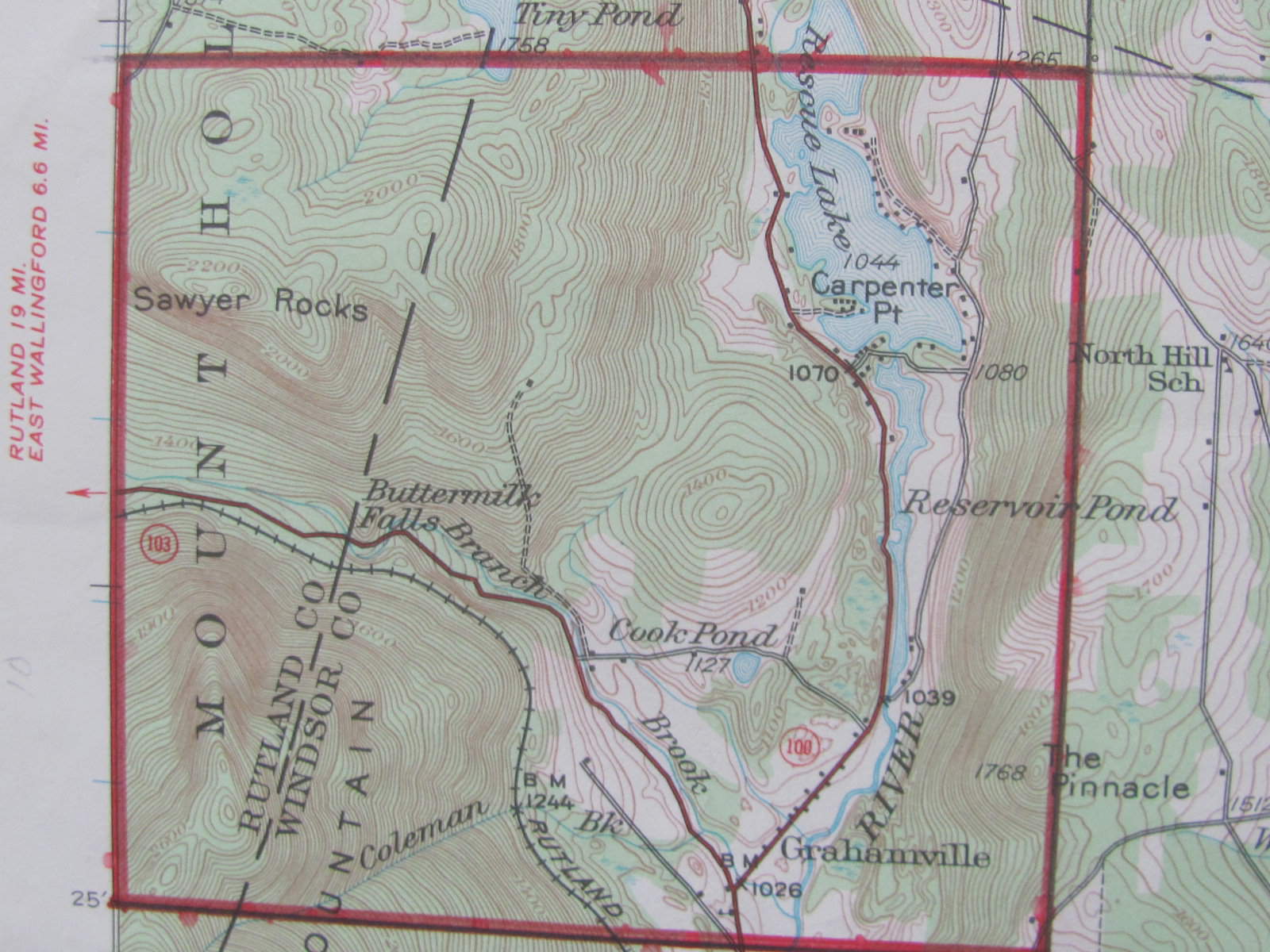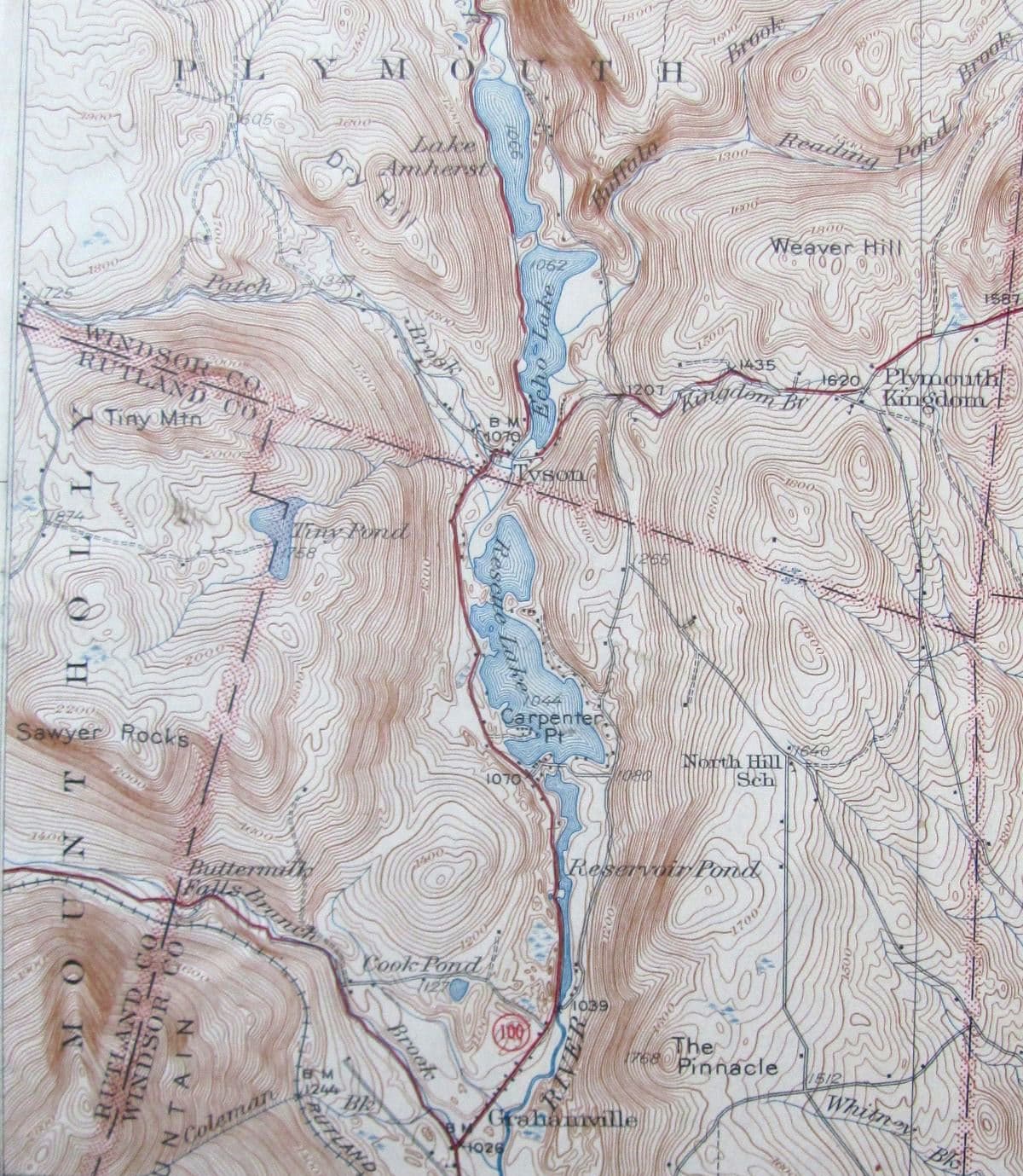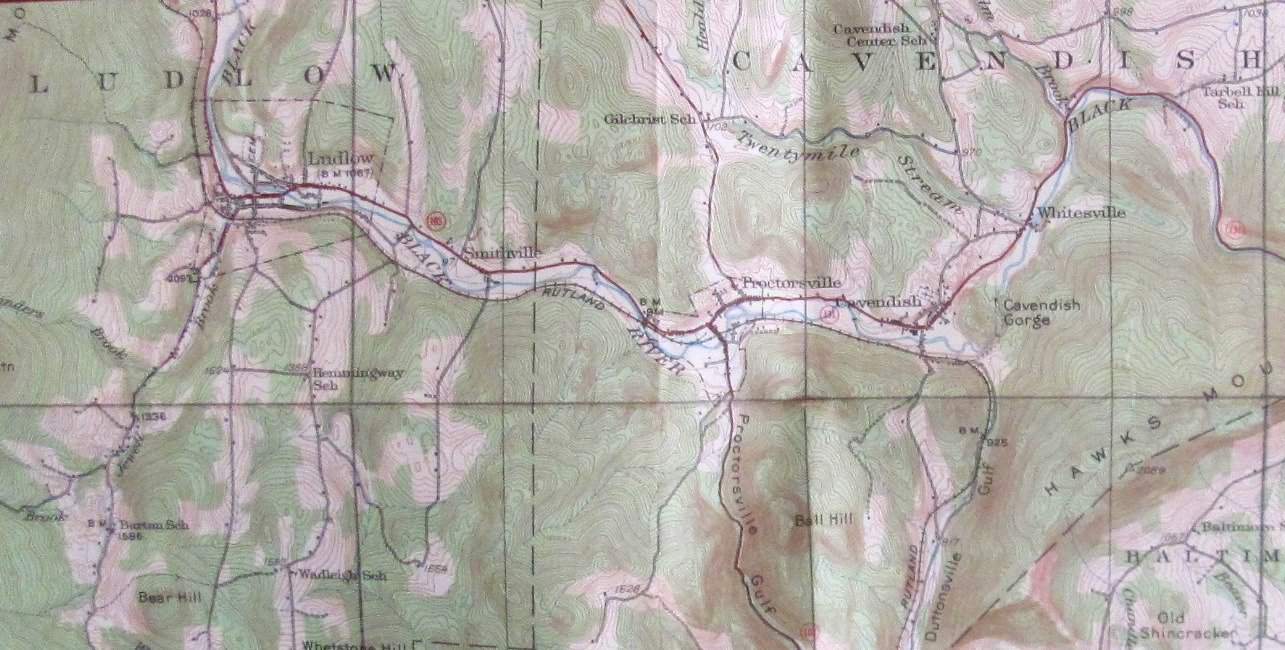I’ve been dealing in antiques for over 50 years. I wanted to record how the business has changed in that time.
The 1970s

In the early to mid-1970s, antiques were plentiful. It wasn’t uncommon in those days, when an old home was sold, that it was sold with the contents, house, attic, sheds, and barns.
Often the buyer didn’t want the contents. They would call someone like me to clean it out. Because antiques were so plentiful, prices were very low.
The 1980s
In the late 70s, interest increased. Antiques rose in value. Antiques centers sprang up everywhere. Barbara Mills of Hartland opened a high-end center. People living down country made antiquing trips to Vermont and New Hampshire.
At this same time, bed-and-breakfasts came along. Folks from down country would map out their routes in advance. They would drive around, town to town, hitting all the antiques shops along the way.
At the end of the day they would spend the night in one of the many B&Bs. The next morning they would continue antiquing, and stay somewhere else that night. It was fun.

No longer were antiques included when a house was sold. Now the kids, who had had no interest in the 70s, recognized the value of the contents of their parents’ home. Now they wanted the antiques.
Dealers began to hear when we asked if an item was for sale, “The kids might want it.” This became a joke amongst us dealers. I might stop at a dealer’s shop and see something I wanted. When I asked how much I would hear, “The kids might want it.” It was now fashionable to collect antiques. Prices continued to rise.
The 1990s
Interest in antiques continued. Companies came along that bought old post and beam barns and houses. The houses were carefully dismantled, with beams and other components numbered so it could be reassembled. The building was sold and resurrected at a site of your choosing.
Savvy collectors bought these places, and then set out to furnish the home with antiques of the period. Some went to extremes. Prices of antiques continued to rise.
In the late 90s, the internet came along. You could sell most anything online for good money.
The 2000s
My parents’ generation were our customers. But by now they had pretty much everything they wanted. We needed new blood.
Today, young people have no interest in antiques. Minimalism is in. Furniture from Ikea suits them. As my parents’ generation died off, their collections came back on the market in some fashion, auction or house sale.
Today, I see many people as I go around doing business. Their kids don’t want their antiques. We have come full circle. Today, many antiques have returned to 1970s prices.
Brown furniture, once the mainstay of a dealers’ inventory, is now dead. Most area auction houses are gone. There are still antiques shops and centers, but nothing like the 80s.
Old maps
I never thought I would see the day when people would give me antiques. But in recent years I have been given antiques. The owners know I will do the right thing with their treasures.
Over the weekend, I was in a home examining a few antiques. The owner gave me what I estimate to be over 200 topographical maps. Some date to 1919. Most are in mint condition, a few having

notations, or folded over corners.
Some were produced for the War Department by the Army Corps of Engineers. It will take me some time to organize them all. There are maps of Vermont, New Hampshire, Maine, New York along Lake Champlain, Cape Cod, etc.
A map may feature four or more towns. I’m keeping Chester, Derry, Weston, Windham, Mount Holly, Belmont, Ludlow, Cavendish, and Shrewsbury, but there are duplicates. I’m looking for homes for these maps. They would be beautiful framed.
This week’s old saying my father said to me: “When you don’t know where you’re going, any road will take you there.”